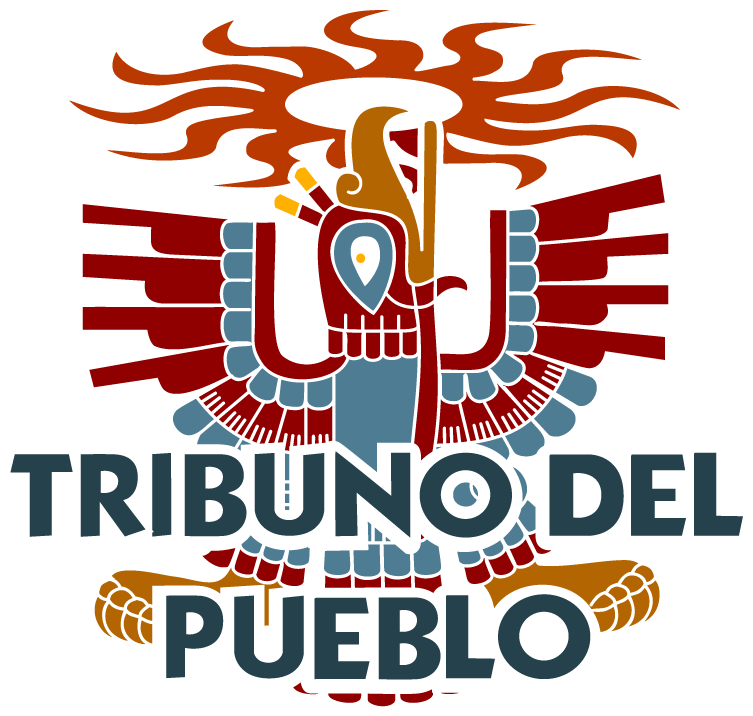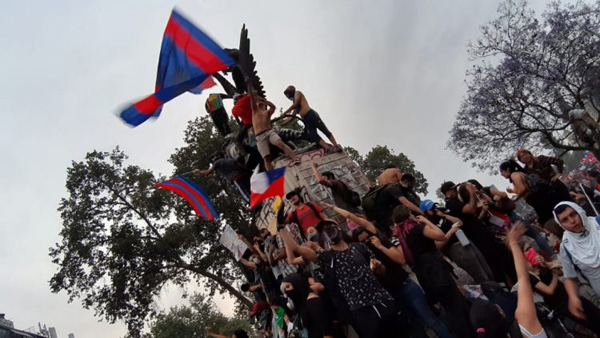A spark that ignited social consciousness just thirty days ago in Chile is shaking the country’s constitutional foundation, exposing four decades of economic privation and challenging legacies inherited from dictatorship.
Nearly 3 million foreign tourists visited Chile in the first seven months of 2019, admiring its stunning landscape and vibrant urban centers, yet few may have suspected the hardships common to the lives of the average Chilean. The social upheaval that has rocked Chile since mid-October took than one tourist, the world, as well as the nation’s own political class by surprise.
The roots of the massive mobilizations that ensued after hundreds of youngsters jumped subway turnstiles, as well as the repressive fury unleashed in response, can be traced to another October forty years earlier.
After midnight on October 5, 1988, fifteen years into the dictatorship Augusto Pinochet headed with civilian participation, the dictator reluctantly conceded defeat in a national referendum. The “No” victory led to democratic elections a year later and the inauguration in March 1990 of the first civilian president since Salvador Allende.
National protests organized on a nearly monthly basis since May 1983, answered by harsh repression, created conditions that compelled the dictatorship to hold the plebiscite.

Following the election, the coalition of political parties sat down at a conference table across from the military and their civilian allies to negotiate the transfer of power.
The terms included a Constitution installed in 1980 by extreme right-wing ideologues. No other Latin American country that emerged from dictatorship in the late 1980s was saddled by a similar legal framework that perpetuated authoritarian rule.
The de facto constitutional base had facilitated the installation of an extreme neoliberal economy. The systematic practice of human rights violations was the mechanism employed to dismantle the social structure. American economic advisors were key in signaling the path to transform the once exemplary welfare state into a neoliberal market economy, through deregulation, decentralization, and privatization of education, health, pensions, and other essential services.
At the start of the 1990s Chile had a burgeoning economy, thanks to copper and agriculture export industries, with excellent communications and infrastructure. It boasted of its economic miracle and called itself the jaguar of Latin America. Chile became a safe destination for tourists and for scores of American university study abroad programs.
Yet basic needs remained unsatisfied for the majority. According to a government report of 2017, the wealthiest 10% earned 40 times the income of the poorest households, ranking Chile the most unequal member of OECD (Organization for Economic Cooperation and Development) nations. The same study showed that the richest 1% of Chileans – including President Sebastian Piñera, whose fortune places him among the country’s five wealthiest and in the top 800 worldwide of the Forbes listing – earned 33% of the nation’s wealth.
The minimum monthly wage is US$414 and, according to a government study of August 2019, 50% of Chileans earn close to that amount. The average monthly pension is the equivalent of US$349. Upon retirement, school teachers, for example, receive monthly pension checks that average below US$250, plunging them into austerity or poverty. It is common for retirees to take part-time jobs to supplement meager pensions.
In the 29 years since the inauguration of the first post-dictatorship government, impressive mass social movements emerged, seeking to revert social programs dating from the dictatorship era. The central government contributes 3% to municipal budgets for public services that were relegated to municipalities after decentralization. Thousands marched through the streets in the 1990s and throughout the first decade after 2000, calling for dignified public health, quality tuition-free high school and higher education, decent housing, an end to the AFP pension system, Mapuche indigenous rights, and environmental protection. This past March 8, a record 200,000 people turned out for International Women’s Day, demanding equality and an end to gender violence.
Each successive movement eventually dissolved or was defused by government dialogue tables. But in the course of these mobilizations, a diverse cross-section of Chileans became more habituated to participating in marches. Perhaps these were dress rehearsals for the massive protests sparked by high school students who, on October 7, jumped subway turnstiles after fares were raised.
By Friday, October 11, as the mass evasion continued, still unidentified parties, simultaneously set 18 subway stations on fire with accelerants that rapidly consumed infrastructures while looters stormed supermarkets and other stores.
Affirming that the country was at war with an implacable enemy, president Piñera declared state of emergency and set curfew at night, deploying the army to enforce law and order, a contemporary re-articulation of the National Security Doctrine which the dictatorship used to root out the “enemy within.”
The image of tanks patrolling the capital city under siege, for the first time since the height of the dictatorship, shocked and outraged citizens. From the northern city of Arica to Punta Arenas 3000 miles to the south, and many towns in between, people gathered to protest.
Given that provincial towns have no subway, the issue clearly was not the 30-peso (4 cents) fare hike, but the 30 years of injustice, as banners widely proclaimed.

During the week under state of emergency, the country, and Santiago, in particular, came to a standstill, as thousands converged to protest. Families with children, elderly, professionals and blue-collar workers converged, many in a festive mood, to protest at noon and in the afternoon. Fans of the arch-rival Colo Colo and the University of Chile soccer teams called a truce on their traditional enmity to protest together. At night when curfew set in, a cacophony of banging pots could be heard in diverse neighborhoods throughout the country, as well as the song that became the movement’s anthem, the “Right to Live in Peace” of Victor Jara, musician murdered by the dictatorship. In the words of one of the most widely heard slogans, “Chile Woke Up!” On October 25 a record 1.5 million people rallied at Santiago’s Plaza Italia, the heart of the movement in the capital city.
The myriad demands funneled into a single claim at the heart of the nation’s glaring problems: the constitution. On the streets a shift was noted in banners, graffiti and placards calling for a new Constitution and Constitutional Assembly, alongside calls for the president to resign.
Parallel to the ongoing demonstrations, hundreds of grassroots assemblies, have been held in neighborhoods, community centers, churches, and parks throughout the country. The Colo Colo soccer team convened an assembly at the stadium attended by 1,500 people, divided into small groups to facilitate discussion. School children too have been brought together to think about how to transform their country into a more just society. Copies of the constitution have become number one best-sellers in bookstores throughout Chile.
Although a number of political reforms were introduced in 2005, the Constitution, as well as institutions it created, remains in essence unchanged since its installation in 1980 by the military. Not only Piñera but the four centrist presidents who preceded him accommodated to it.
Consequently, when, on November 10, Piñera announced that the government agreed on the need to change the constitution, he was met with skepticism. The route forward, mapped by congresspeople later that week, calls for a referendum and constitutional assembly, comprised by elected parliamentarians and citizens. The non-partisan social movement that continues to rally on the streets, insists that elected officials should not be involved in drafting the new constitution.
Acclaimed social historian Gabriel Salazar believes this political juncture is “a unique opportunity” to draft a new constitution, “by, from and for citizens, without involving the political class.”
These turbulent weeks exposed another legacy from dictatorship: the propensity to use brutal force to quell peaceful expressions of the right to protest. Police readiness to use water cannon and tear gas against non-violent demonstrations has been common in the post-dictatorship era. However, in these weeks, national and international observers charge that police and armed forces committed outright human rights violations.
Amnesty International, the International Red Cross and other human rights agencies report widespread, systematic use of force and human rights violations. In 28 days of protests, military and police have made 22,000 arrests, caused 23 deaths, 2500 injuries, largely from hard pellets and tear gas canisters fired into crowds. At least 285 severe eye injuries have been caused by pellets fired directly at people’s faces, as occurred November 8 with Gustavo Gatica, a 21-year-old college student who lost both eyes when police fired at point-blank range.
Criminal complaints have been filed for 18 cases of sexual violence and 132 cases of other types of torture of detainees, mostly in police stations. Human rights observers and first aid providers have been targeted during demonstrations. The United Nations Human Rights Commission is in Chile to conduct an on-site investigation, reminiscent of its human rights fact-finding inspections during dictatorship.
This week, in response to Gatica’s case, the police chief announced the curtailment of the use of rifles and pellets. The Chilean government still denies responsibility for the casualties. Felipe Guevara, appointed governor of Santiago two weeks ago, affirmed, “Police are doing their job. […] They have been conducting a labor of peace.”
Three decades since the restoration of an incipient democracy, lessons from the past have not been fully assimilated. With its facade fallen, Chile is at a crossroads. Consensus is mounting that the country faces an opportune moment for societal transformation that can dissipate the dark shadows still cast by dictatorship.
El Tribuno del Pueblo brings you articles written by individuals or organizations, along with our own reporting. Bylined articles reflect the views of the authors. Unsigned articles reflect the views of the editorial board. Please credit the source when sharing: tribunodelpueblo.org. We’re all volunteers, no paid staff. Please donate at http://tribunodelpueblo.org to keep bringing you the voices of the movement because no human being is illegal.



